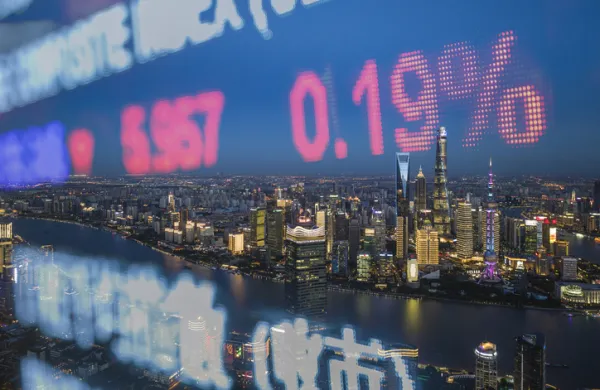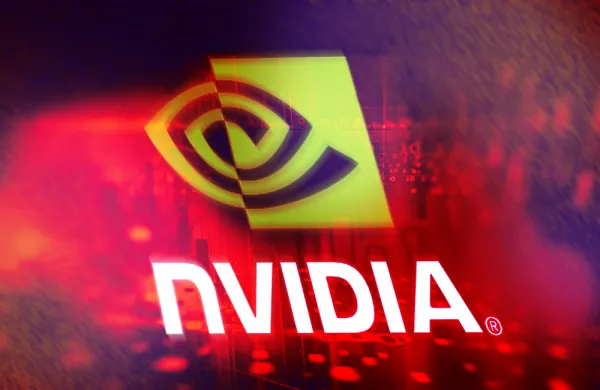
| |
| Part of Wednesday night's entertainment at SALT. |
Welcome to the Skybridge Alternatives Conference, known as SALT, an annual gathering of some 1,800 of the hedge fund industry elite. The flashy environs — replete with pool parties, A-list speakers from Hollywood and Washington, D.C. and a private concert with Lenny Kravitz — are a direct reflection of the financial health of most of the conference’s participants. To put it simply, hedge funds are flush with capital.
Atlanta-based industry tracker eVestment estimates that hedge funds now manage $2.938 trillion in assets, an all-time high. And with tremendous asset growth comes staggering paydays, at least for the top managers in the business: The 25 highest-earning hedge fund managers earned a stunning $21.15 billion combined in 2013.
Those two facts would seem to indicate that the hedge fund industry is performing phenomenally well for its investors. But in fact the average hedge fund returned a fairly modest 9.24 percent last year, according to industry data provider Hedge Fund Research. Returns were even less impressive in 2012, at 6.36 percent, while hedge funds overall declined 5.25 percent in 2011.
So how are managers able to not only hang on to the money they’ve got but grow it exponentially? In a word, fees. The standard hedge fund charges 1 to 2 percent to manage its assets and 20 percent of any performance gains. To be fair, the highest-earning hedge fund manager did deliver outperformance last year. David Tepper’s Appaloosa Investment I fund gained 42 percent last year, and it has delivered an annualized return of 28.33 percent from its July 1993 inception through September of last year. On the other hand, Raymond Dalio, the 10th highest earning manager last year, returned just 3.5 to roughly 5 percent in his firm’s various funds. But Dalio’s firm, Bridgewater Associates, now manages $87 billion in hedge fund assets.
A great deal has been written about the chasm between hedge fund performance and the fees the average hedge fund charges. Most recently, John Cassidy of the New Yorker wrote two articles examining this phenomenon. In his first post on NewYorker.com, he examined the earnings of managers on Alpha’s Rich List and asked how hedge fund managers can get so rich when their performance is less than stellar.
In a second post, titled “How do Hedge Funds Get Away With It?”, Cassidy offered eight theories as to why fees have not come down in a meaningful way (lack of alternatives due to low interest rates, people think hedge funds deliver better risk-adjusted returns, investors are sheep, etc.). The point of Cassidy’s blog posts is to raise the question industry observers have been asking with increasing frequency over the past couple of years: “Where are the customers' yachts?”
The truth is, hedge fund investors today don’t care about yachts. Institutional investors, particularly public pension portfolio managers, are obsessed with reducing the volatility in their portfolios. As a result they seek out consistent, steady returns and will accept gains in the high single digits if fund managers can produce them without stomach-churning turbulence. Institutional investors now account for some 66 percent of the industry overall, and they are looking to put more money, not less, into hedge funds, according to a recent survey by London-based industry tracker Preqin. If managers can deliver these results net of fees, institutional investors will likely go on paying them, which means hedge fund managers today have an entirely different standard to live up to than they did in the early days, when the primary investors were family offices and institutions, which had much higher risk tolerance and expected hedge funds to serve as the performance engine of their portfolios.
There are signs that some pension fund managers are starting to want more. CalPERS, California’s state pension for public employees and the largest such plan in the country, announced earlier this month that it is cutting its hedge fund allocation in half. But for the most part, hedge fund fees have remained stubbornly resilient, although there is some evidence that fees are coming down. A recent study from J.P. Morgan's Capital Introduction Group found that management fees for client funds have dropped to a mean of 1.64 percent while the average performance fee has decreased to approximately 19 percent. At the SALT conference on Wednesday of last week, fund-of-funds veterans Ray Nolte of Skybridge Capital and Jane Buchan of Pacific Alternative Asset Mangement Co. both said they have been able to put pressure on the underlying managers on their portfolios to reduce fees. Industry consultants say anecdotally that their pension clients also are getting deals.
Scott Kapnick, chief executive of New York–based Highbridge Capital Management, said at SALT that investors are getting smarter about the fees they are paying and want to pay only for real added value. In other words, they are happy to pay regular hedge fund fees if a manager is truly generating alpha, but they do not want to pay 2 and 20 for beta.
Some managers are responding to this. Greenwich, Connecticut–based AQR, which manages some $29.9 billion of hedge fund assets and $105 billion overall, charges premium fees only for products that deliver what it deems to be alpha. AQR charges less for so-called “smart beta” products that, while performing better than an index, don’t get their returns entirely from alpha and it charges index fees for index-hugging products.
It’s a model that other managers are starting to examine more closely. But for the David Teppers of the world, fees will stay high and could even climb higher, as these managers continually turn investors away given the intense demand for their product. In any case, the hedge fund show is likely to go on, at least for the near term.






